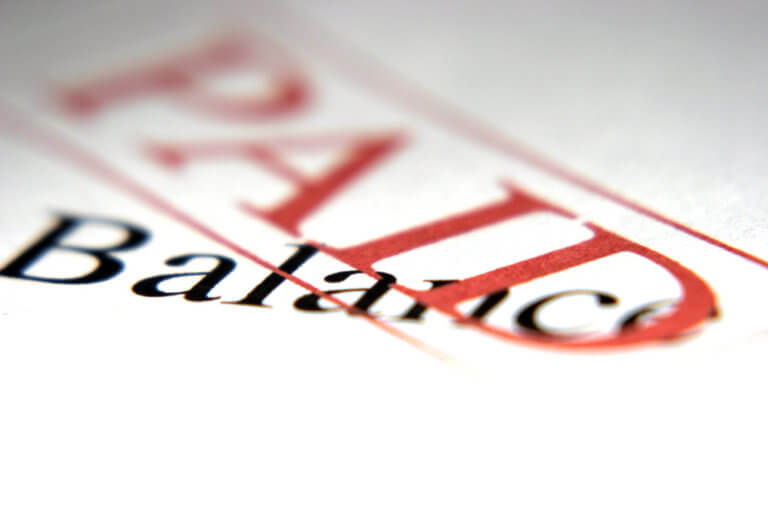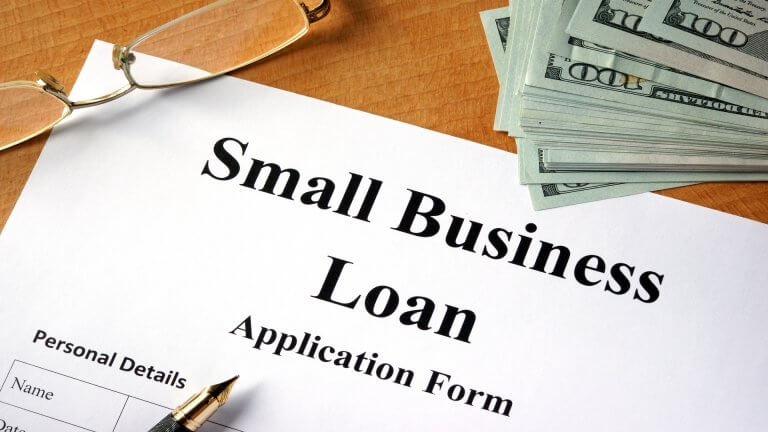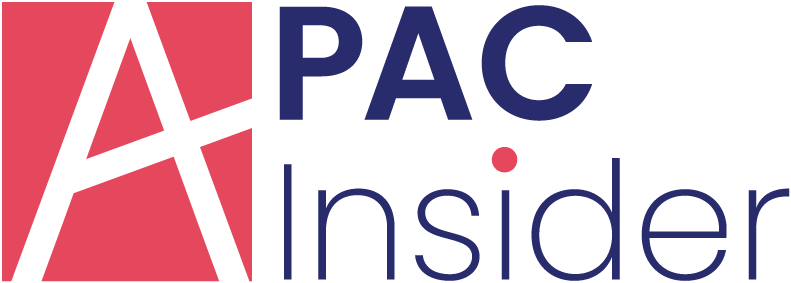The Strategic Use of Short-Term Loans in Long-Term Financial Roadmaps
In personal and business finance, the term “short-term loan” often raises red flags. People picture high borrowing rates, urgent repayments, and the risk of falling into debt. But when used strategically, these short-term loans can serve as powerful tools within a broader financial roadmap. They can act as temporary bridges, fill cash flow gaps, and even open doors to long-term opportunities that would otherwise remain locked.
Like any other tool, they work best when used intentionally and with a clear understanding of the bigger picture. Instead of avoiding them altogether or using them impulsively, savvy borrowers treat short-term loans like any other financial instrument: with planning, discipline, and a specific goal in mind. Let’s discuss how to utilize it strategically.
1. Cash Flow Management
For small businesses or self-employed professionals, cash flow is king. Even a profitable business can run into trouble if expenses come due before income hits the account. Short-term loans can serve as a cash flow buffer during these tight periods.
On the personal side, managing household finances can sometimes mean dealing with uneven income, especially for gig workers or freelancers. In such cases, same day loans can help keep bills paid and credit intact until the next check arrives. The key is to use these loans responsibly, as a temporary bridge over a short-term gap, not as a recurring financial crutch.
2. Opportunity Financing
Some opportunities don’t wait. A time-sensitive business deal, a limited-time investment opportunity, or a steep discount on critical equipment may require immediate capital. A short-term loan can enable a borrower to act fast, often much faster than traditional financing would allow.
In these situations, the short repayment period can be an advantage—it allows the debt to be resolved quickly, letting you move forward while still benefiting from the original expense. But speed without strategy can be dangerous. Taking out a loan simply because money is available can lead to trouble.
For example, someone might take out a short-term loan to book a last-minute vacation. They’ll figure out payment later, only to come back home to a tight budget and mounting repayment costs. Remember “opportunity cost” and weigh the cost of the loan against the value of the opportunity. If the cost of borrowing outweighs the actual benefit gained, the loan becomes a liability instead of a smart move.
3. Credit Building
Short-term loans can help build credit when used responsibly. Timely repayments on small loans demonstrate to lenders that the borrower is dependable, which can improve credit scores and open doors to better financing opportunities in the future. This can be especially valuable for new businesses or young individuals aiming to build a solid financial track record.
That said, building credit with short-term loans only works if the borrower has the discipline to pay on time. Missed or late payments can have the opposite effect, dragging down credit scores and hindering long-term goals. So, this strategy only works when repayment is certain, not speculative. Put simply, if you’re not 100% sure you can repay it on time, it’s better not to borrow at all.
4. Project Staging
Some long-term goals are best tackled in stages. For example, a homeowner renovating room by room or a startup launching a product in phases may find short-term loans useful for funding each step without overcommitting upfront.. Similarly, an individual pursuing higher education might take out smaller, short-term loans to cover tuition one semester at a time, rather than committing to a large lump-sum loan upfront.
This approach, sometimes likened to “stage theory” in developmental models, reduces overall risk and allows for adjustments between stages based on results. This enables borrowers to manage debt more efficiently and avoid locking into long-term repayment obligations before they’re necessary. While this approach requires strong project management and accurate forecasting, it allows funding to align closely with actual needs, rather than relying solely on projections, when executed effectively.
5. Debt Restructuring
Ironically, one of the smartest uses of a short-term loan can be to pay off other debt, if it results in better terms. For example, consolidating high-repayment credit card debt with a lower-repayment short-term loan can save money and simplify finances. This tactic works best when the borrower is committed to not adding new debt during the repayment period.
But this only works if the math adds up and the borrower is disciplined. Note that it’s not a permanent fix, but rather a tool to gain breathing room and control. Without a long-term strategy for financial health, this kind of move can backfire. However, for those serious about turning things around, it can be a crucial step toward financial freedom.
Use It, But Don’t Rely On It
Short-term loans are neither good nor bad, they’re just tools. Like any financial instrument, their effectiveness depends on how and why they’re used. They’re best when used thoughtfully: to unlock opportunity, manage timing, or reinforce stability, not as a substitute for sustainable income or planning. So, whether you’re an entrepreneur, a freelancer, or someone navigating a complex personal financial journey, the message is the same: use short-term loans strategically, not habitually.























